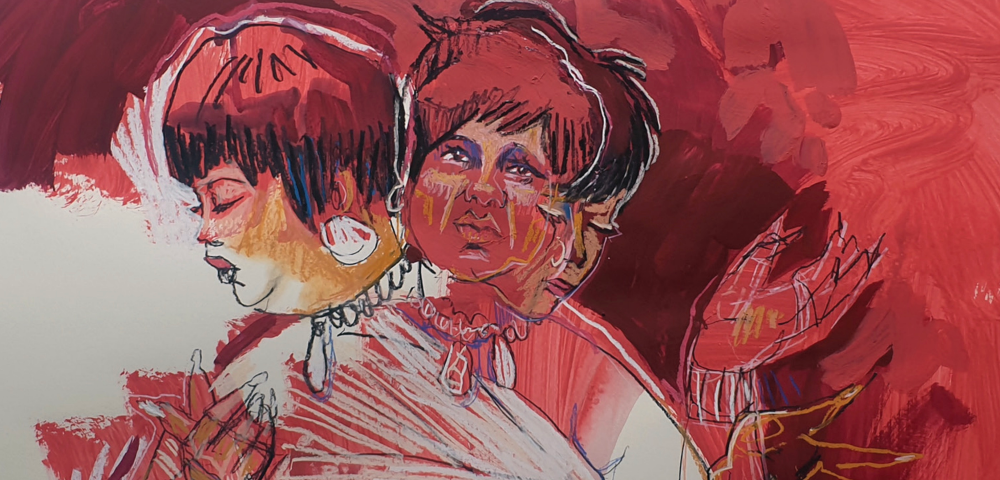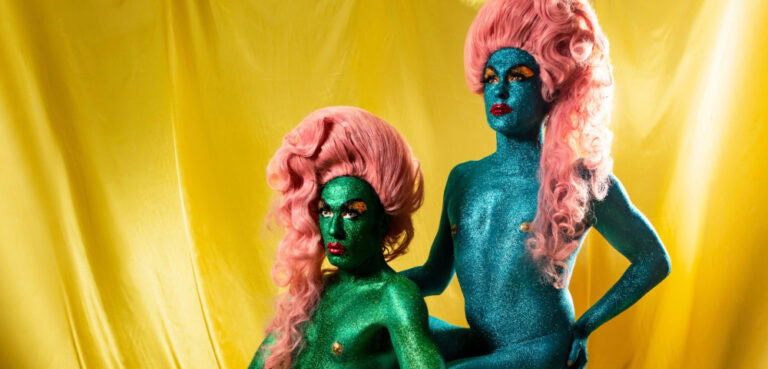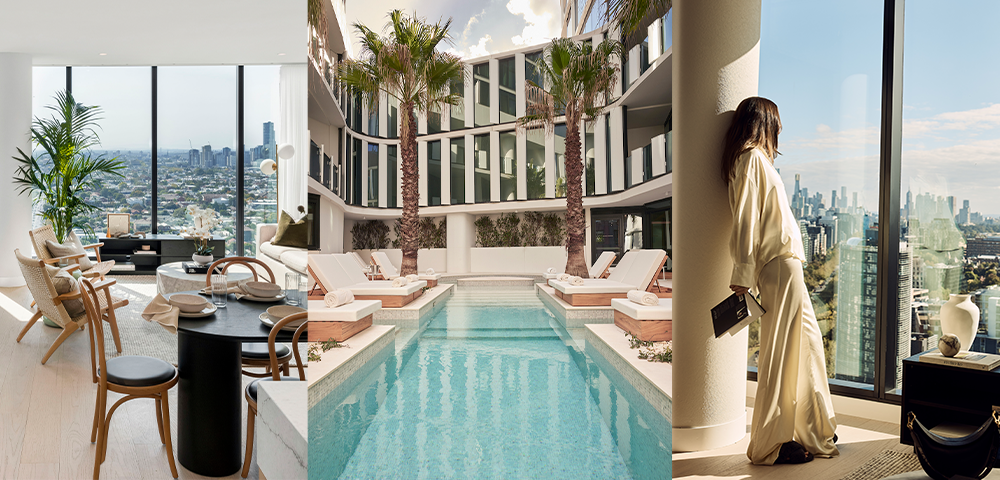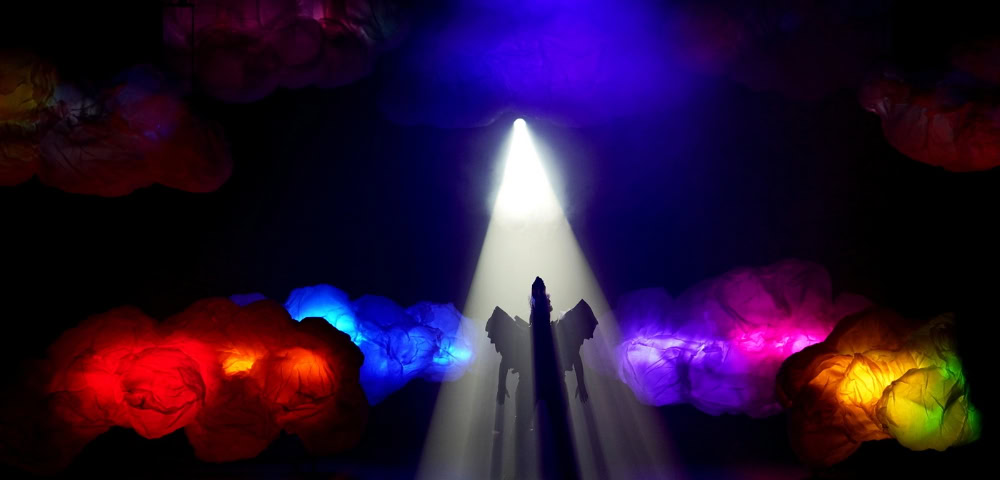
Visit State Library Of NSW’s Biggest Ever Queer Exhibition

By GARY NUNN
For only the second time in its history, the State Library of NSW will host an LGBTQI specific exhibition, running throughout WorldPride and beyond from 18 February to 9 July. This one will be even bigger and more ambitious than the last.
Behind those grandiose columns, Pride (R)evolution, a free immersive exhibition, will showcase untold stories that celebrate LGBTQI+ communities, featuring over 40 unheard stories and 250 items from the library’s growing collection of LGBTQI archives. It’ll feature film, sound, news clips, posters, photography, clothing and scrapbooks.
“It’s a love letter to our LGBTQI communities,” says co-curator Bruce Carter. “It has been curated by queer curators, and we’ve worked from the start with queer community members,” he says.
From hook-ups to ACT-UP, Ballroom to ball sports, fag hags to radical drag, and coalition to intersectionality, the major new exhibition will shine the spotlight on lives, loves, industries and identities that have historically been overlooked and undervalued.
Queer Australia’s History
A theme that emerges is the under-reported histories of queer Australia.
“Many think our gay pride campaigning history starts in 1978, but this exhibition shows the interesting things happening before then,” Carter says.
For example, people can peek into the diaries of our gay forefathers, such as lifelong activist John Englart.

Carter says Gay Pride Week in 1973 was an early example of Australian use of the word ‘pride’, borrowed from the USA gay liberation movement. “Australia’s first Gay Pride March in 1973 was a nationally coordinated event – and the use of the term pride challenged the concept of shame,” he says.
In addition, it’s the personal touch that Carter says visitors could find quite moving: “There’s this lovely boldness and a beautiful honesty to these diaries; this was a time when homosexuality was illegal,” he says.
Englart took Kodak instamatic snapshots documenting Gay Pride Week in 1973, which visitors can see.
“It’s a beautiful account of grassroots activism” Carter says. “Today, pictures are so ephemeral; it’s really lovely we can take time to pore over his photographs 50 years later.”
A lesser-known story that emerges is the Australian wing of radical direct action group, ACT UP (Aids Coalition To Unleash Power) – more commonly associated with cities like New York, San Francisco and Paris.
“The general narrative around Australia’s HIV response is always that Australia did very well. And that’s true. However, it didn’t, didn’t do so well in the beginning,” Carter says. “There was a very conservative approach to approving new medications, which delayed them getting to dying people.”
ACT UP In Parliament House
In 1991, ACT UP Australia staged a “die-in” at Federal parliament in Canberra and on Sydney’s Oxford Street in addition to various in addition to other places nationwide.
Activists leapt from the public gallery onto federal parliament’s floor. Visitors can watch the reflections of two activists who were there as well as the story of a more poignant, quiet activism.
“Some people weren’t comfortable with doing that sort of action and instead sewed onto a piece of material (on display) the names of those who’d died that year,” Carter says.
What’s unique and special about this major display is that it focuses on very recent history and contemporary activities. The library has collected the experiences of Australian LGBTQI individuals since at least the late 1970s.

So visitors can feel submerged in the thriving western Sydney Vogue Ballroom scene, in addition to hearing actual clips from Gaywaves, Australia’s first lesbian and gay radio program which ran from 1979 to 2005. Many cite that it was their first contact with the queer community.
“We’ll never know how many lives that program touched – but I was certainly one of them,” co-curator Bruce Carter says.
This’ll sit alongside more contemporary history of drag queen courageousness that many visitors might remember. It was when, in 2017, Sydney drag stars Ivy League, Coco Jumbo and Vybe intervened in a gay bashing – and scared off the perpetrator. The incident had been animated by Sydney artist Todd Fuller and narrated by Coco Jumbo herself.
Never before seen, stunning black and white images from the Barry Kay archive in the Netherlands can also be seen of the mid 1970s Sydney trans community.
Iconic party pictures of celebrated scene photographer William Yang will also feature in the library’s Amaze Gallery.

© William Yang
Digitised for Openbook Summer 2022 – 2023
“I strongly believe we have a right to be in these big institutions,” Carter says. “It’s essential that queer communities can see their lives represented in these state collections. In 2023 we should expect nothing less.”
Pride (R)evolution: A free exhibition at the State Library of NSW, 18 Feb to 9 July 2023









